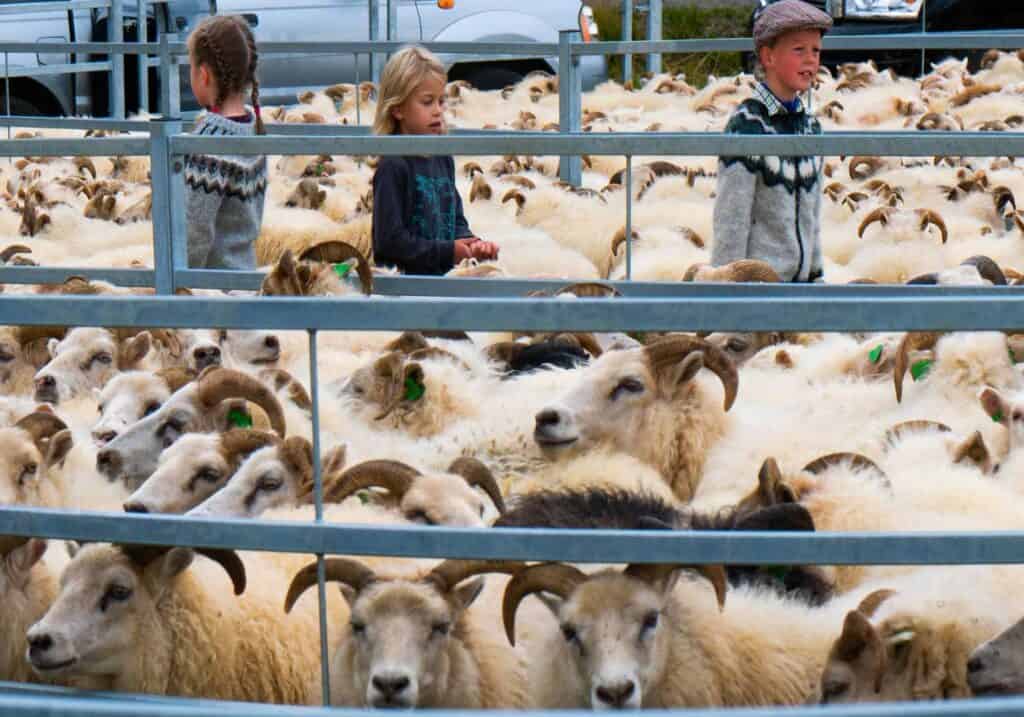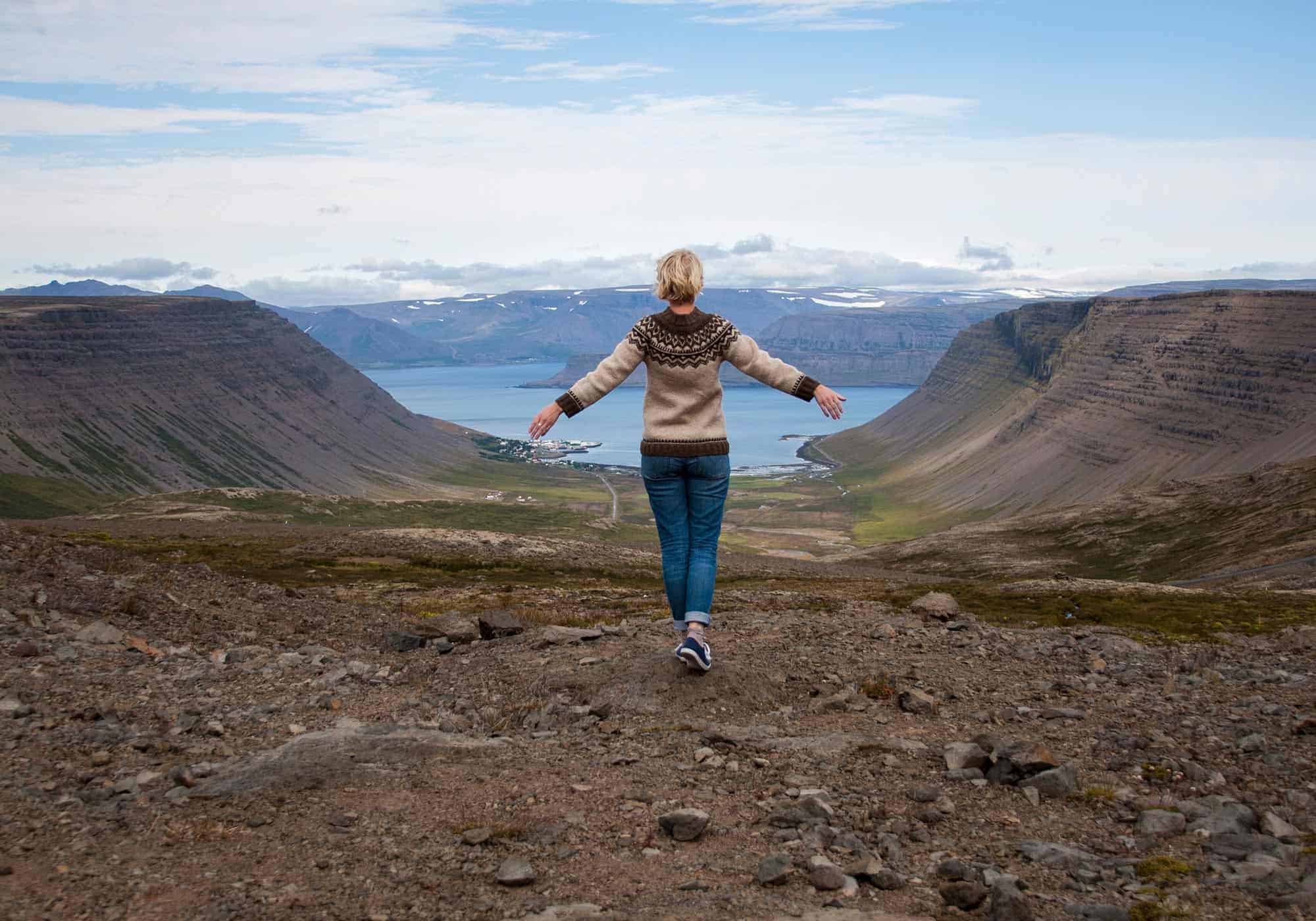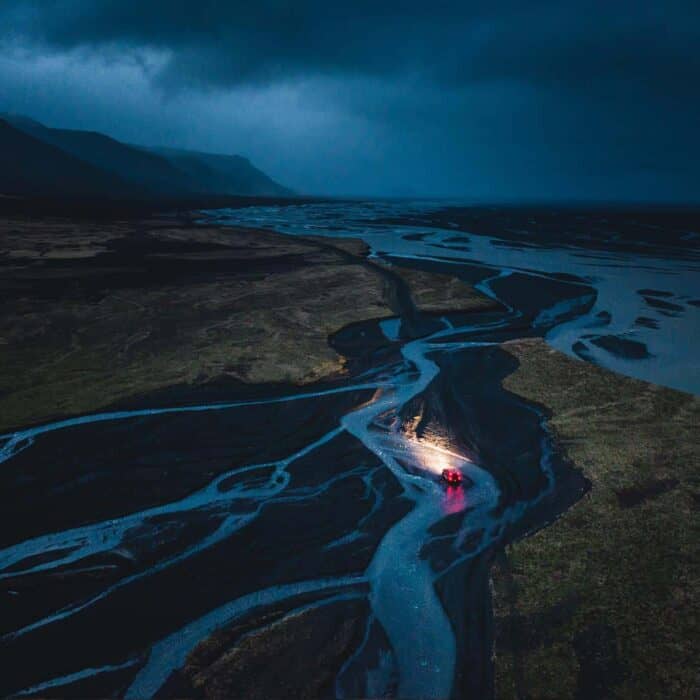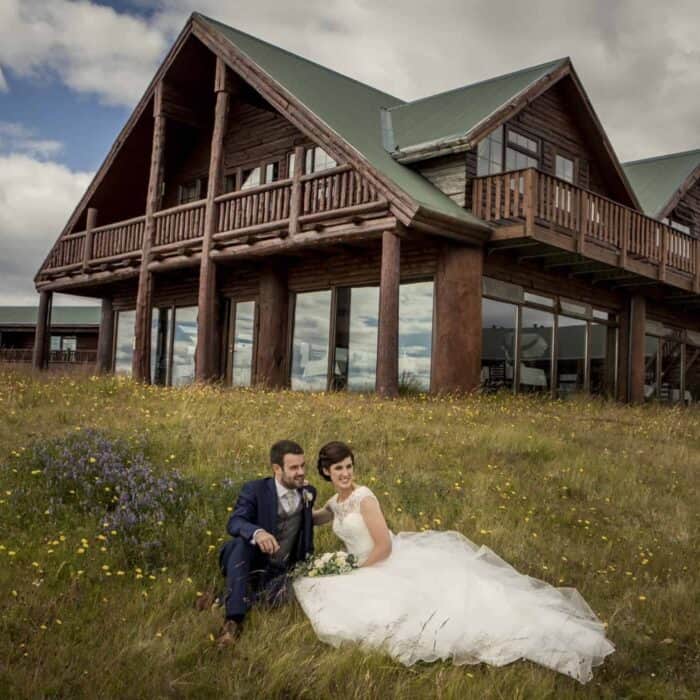
While the Icelanders of yore certainly knitted sweaters, the circular yoke over the chest and shoulders rose to popularity around the time of WWII. It was likely inspired by knitting traditions from our neighbors such as the Swedish Bohus-tradition, the Norwegian wool sweaters and the Greenlandic national costume. The Icelandic wool sweater still has its own unique look to it, but its most important quality is less about the look and more about the feel.
Subscribe To Our newsletter
Exclusive Offers & Latest News
The Icelandic sheep has been isolated from other breeds for centuries and its exposure to the sub-Arctic climate has caused it to develop the two distinct fibers of its wool in equal measure. There’s þel, the fine wool containing warm and soft insulating fibers and then there is the longer, more course water repellent surface fibers called tog. Additionally, Icelandic wool is also curlier than the wool of other breeds and all of these qualities come together in a warmer, more water-resistant product.
The Icelandic saying “Necessity teaches the naked woman to spin” seems appropriate here but of course, the resourcefulness of Icelandic women actually taught them to forego spinning.

Knitting came to Iceland by way of foreign sailors in the 1600s and like most other nations, Icelanders knitted from spun wool. By the turn of the 20th century, however, living conditions changed and with workers moving from the farms to villages and towns there were fewer hands for time consuming work like spinning wool. Therefore, more people started knitting with un-spun wool, which in Icelandic is called lopi. That’s where the Icelandic wool sweater – lopapeysa – found its name.
The Icelandic saying “Necessity teaches the naked woman to spin” seems appropriate here but of course, the resourcefulness of Icelandic women actually taught them to forego spinning. It should be noted that it was not nontraditional for men to knit and although the practice has suffered a setback with modern masculinity many young men are picking up knitting needles and making their own knitwear.
These days the Icelandic Wool Sweater can be found in a variety of patterns. While the natural shades brown, white, gray and black are the most common, they are sold in all colors of the rainbow – with zippers, buttons, hoods, pockets and all other sort of contemporary touches.
When choosing your wool sweater, consider if authenticity is important to your purchase. Sweaters made in Iceland can be either hand- or machine knitted but many shops also carry sweaters that are manufactured abroad.
For recommendations on places that sell Icelandic wool sweaters, contact our front desk.







